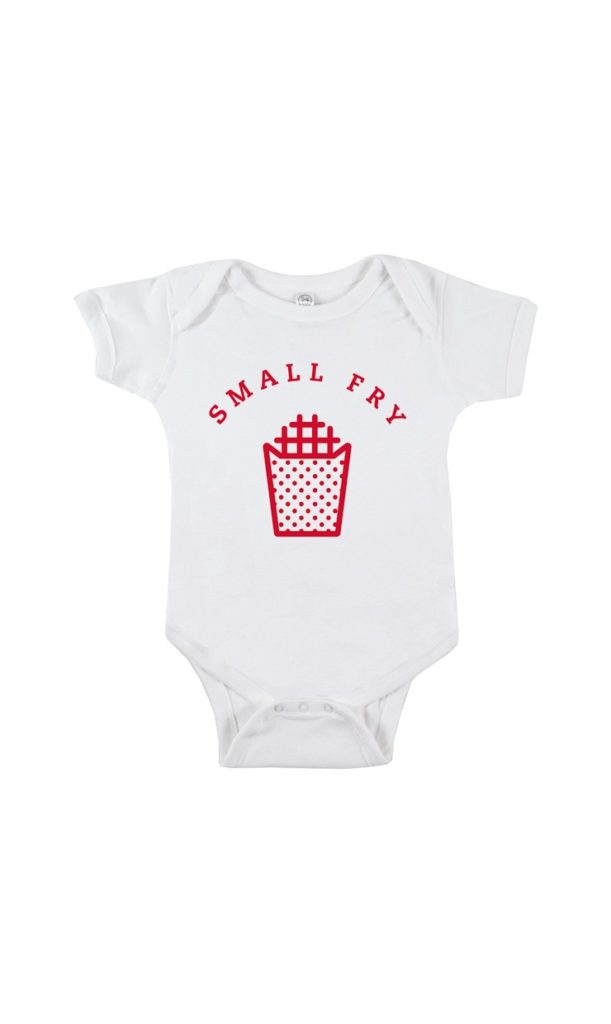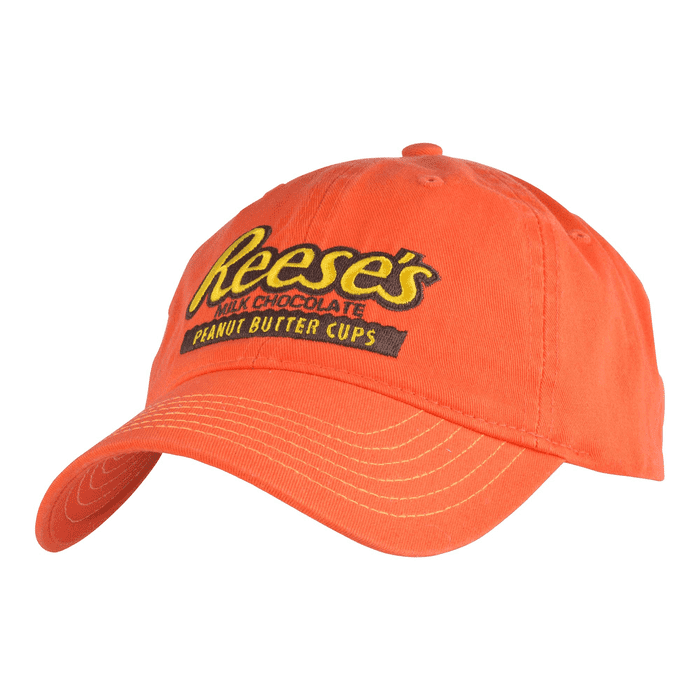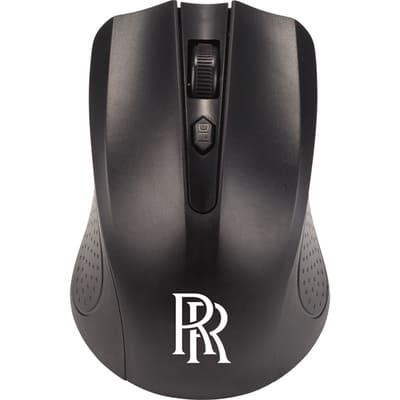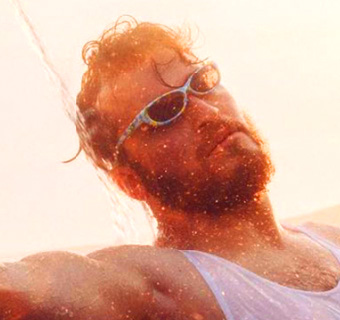Table of Contents
It started with concert tees, charity fundraisers, and your favorite TV programs. Then it invaded the influencer space. This wonderful disease that is spreading like wildfire among industry and generation alike is merchandise– more commonly referred to as merch. With the surge of influencers and content creators in the recent decade, merch has taken on a whole new form. It was the initial form of influencer marketing, where influencers used their personal brand to create and sell audience-specific products.
After massive success with this venture, it’s not just your favorite YouTuber promoting sweatshirts and pop sockets with their logo and favorite greeting. Now we also see it for other platforms and mediums like podcasts– an almost entirely free content form– as a way to generate revenue and connect with audiences. It wasn’t long until brands saw the potential and began capitalizing on merch, too.
https://www.instagram.com/p/B4czhDGgxMN/
What is brand merch?
Think of it as a gift shop for your favorite brands. You go to the Walt Disney Concert Hall and get a pin and tote bag emblazoned with “LA Phil” in remembrance of your trip. In the same fashion, you can purchase a SoulCycle tank top after your ride– or, if you prefer, instead of it. Brand merch is a completely separate marketing tactic revolving around visual advocacy. Items are made and donned to be seen, spreading brand awareness, connecting with consumers, starting trends, and, ultimately, intertwining brands as a lifestyle.
Gone are the days when you needed to be a clothing company or home goods brand to sell t-shirts and coffee mugs with your logo. SoulCycle has not pivoted from fitness into the fashion retail business. The brand has expanded their marketing efforts to include not only things they can pay to have you can see in your digital feed but incorporating products you can pay to advertise for their brand. A pretty great alternative, right?
https://www.instagram.com/p/B7UG8dEpOhK/
Benefits of Merch for Brands
1. Brand affinity
Consumers desire an emotional connection with a brand. 82% of people viewed a brand more favorably after receiving promotional merch. One method of brand merch is to send promotional products or free samples. In this style, the unexpected gift goes a long way in creating a positive association with your brand. Consumers feel valued and spoiled when they receive more than they anticipated. Furthermore, when those items are daily lifestyle products, like a coffee mug or sticky note pad, you ensure that your brand is on display to the consumer and those they encounter as a constant reminder of your generosity and thoughtfulness.
2. Gain brand awareness
When consumers are sporting your branded merchandise in their daily lives, you are benefiting from free or profitable advertising, as demonstrated with SoulCycle. Advocates of your brand will display your products throughout their day. Everyone they pass on the street will see your name on their backpack. All their coworkers will see your logo on their laptop sticker. You are enacting tangible marketing that enters your brand into the world and daily life of the consumer.
3. Deeper consumer relationships
Building on previous points, merch increases brand awareness and brand recall due to multiple exposures to the brand in different environments. Those repping your merch feel like part of a community as they are able to see others who support the brand too. The ability to establish these connections among consumers without needing to ask for validation is crucial and extremely meaningful. It also conveys brand values and what you stand for through the selection of items available, product quality and messaging.
Merch becomes a highly targeted form of marketing. Consumers who strongly identify with the brand are compelled to buy products that demonstrate this. And, others who also identify will take notice when they see the branded merchandise throughout their day without any additional effort on your part.
4. Extension of your brand
An integral component of many of the benefits, consumers are able and willing to incorporate the brand into their daily life, outside the industry or application of the brand’s main product or service. Because of this avid display of your brand, you must carefully consider what you intend your brand to stand for. Through merch, you control what that looks like to the world and everything it represents. It allows you to manipulate the image and feeling around your brand, connecting more with the consumer.
https://www.instagram.com/p/B7eeRNghb2D/
5. Complement other marketing strategies
Returning to the free product method, handing out something welcomes conversation about the brand. It also gives consumers and potential customers something to remember you by– reinforcing the increased brand awareness. As the merch category has become more popular, its applications are versatile and adaptable to many industries, brands, and goals. With endless possibilities, branded merchandise can be used to supplement an experiential or social campaign, initiate a giveaway or contest, and entice new customers through free product (we love that!).
Target Consumers of Merch
Although items that become merch are things most people use, the Gen Z, or Zoomers, and Millennials are most privy to the idea. These audiences have grown up in the digital landscape, surrounded by social sharing, smartphones and the latest and greatest technology. Because of this, there is a void of physical brand connection with them. And they are craving it to set you apart in their minds.
Zoomers are looking for brands that find new ways to engage them. 66% of Zoomers prefer an experience that allows them to see, touch and encounter the product before purchasing it. An added caveat, these consumers want experiences worthy of a feature on their various social media platforms. Often this means going above and beyond the actual product being sold. They are using the internet and social media as a tool for product research and source of inspiration. This means that in addition to merch, brands should be coupling this tactic with influencer marketing to reinforce the relevance and satisfaction to Zoomers and Millennials.
The lethal 8-second attention span proves that visuals matter to this generation. Brand merch provides this extra step in the marketing funnel that satisfies this desire for more from a brand and captures the consumer’s attention. It checks both boxes of physical and visual.
The Great Merch Debate
Among renowned publishers like The New York Times and The Washington Post, a trend emerges of launching their own online merchandise stores. BuzzFeed hopped on the bandwagon and created a line of cookware and related products for their Tasty brand. While there isn’t a wrong time to enter the promotional merch game, media brands may be attempting to compensate for challenges in digital advertising. Whether true or not, the merch provides an additional revenue stream for the company and tangible brand identity. We are living in a time where people wear their beliefs openly and support brands through items they wear, carry and use on a daily basis. To not capitalize on this would be a missed opportunity. In some cases, it could mean a complete loss of business.
Other Examples of Brands Using Merch
There are no limits to utilizing merch for brands. The spectrum extends from fast-food to luxury goods, both equally successful in their efforts. Aside from the well-known applications for entertainment, universities, and sports teams, here are just a few examples of different industries using this approach.
-
Fast-food
-
Consumer Packaged Goods
https://www.instagram.com/p/B7L8iYkFXxK/
-
Luxury
There is no limit to the industry, brand or product that can become part of the merch marketing channel. Amazon has even created a service for this very purpose. Small businesses, individual creators, and larger companies all have access to the tools to create their own merch.


























